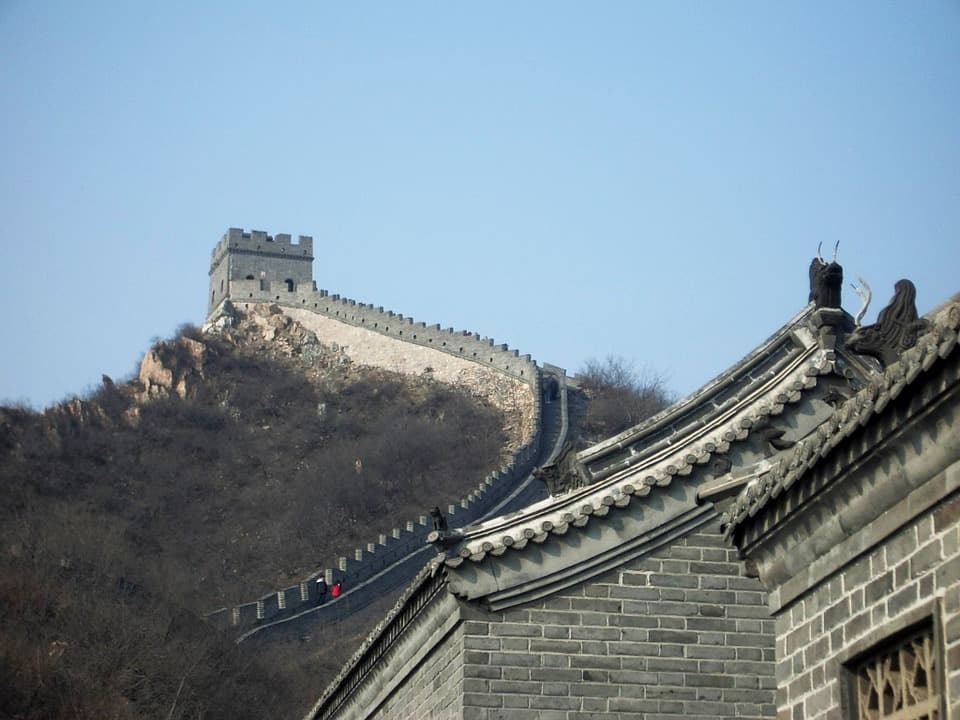One of China’s leading state think tanks sees Chinese GDP rising by around 6.7% in 2018.
The Economics Department of the Chinese Academy of Social Sciences (CASS), the CASS Quantitative Economics and Technical Economics Research Institute and the Social Sciences Academic Press jointly released the “Economic Blue Paper Spring Edition: 2018 China Economic Outlook Analysis” (经济蓝皮书春季号:2018年中国经济前景分析) in Beijing on 14 May 2018.
The Paper sees China’s economy growing by around 6.7% in 2018, for an easing of 0.2 percentage points compared to the reading of 6.9% for 2017, when China saw its first acceleration in GDP growth in seven years.
The Paper also forecasts growth of 6.8% in the first quarter, 6.7% in the second quarter, 6.7% in the third quarter and 6.6% in the fourth quarter of the year, alongside a full year rise in the consumer price index of 1.9%.
According to the Paper’s authors China’s economy has entered a trend of “slight decline amidst stability” (稳中微降), as it embarks upon a high-quality growth phase.
The Paper also claims that the Chinese government’s economic adjustment measures are gradually maturing, with continual improvements in their ability to conduct macro-economic fine-tuning.
“Following a large-scale increase in China’s economic scale and GDP base, the sensitivity of data to external shocks is weakening,” said the report.
Full society fixed asset investment is expected to reach 69 trillion yuan in 2018, for a nominal rise of 5.8% and a real increase of 3.1%, marking a steady yet diminishing decline.
Private fixed asset investment will see nominal growth of 6.0%, for an increase of 1.5 percentage points compared to last year, while infrastructure investment is expected to be a key driver of the Chinese economy in 2018.
CASS analysts have also called for measures including the accelerated launch of tax and government fee reductions, the removal of market barriers, the suppression of real estate bubbles and adjustments to the credit structure, in order to reduce enterprise operating costs, invigorate the confidence of private capital, and further stimulate the appetite for investment in China’s real economy.



